Endometriosis
There are many causes of chronic pelvic pain and it is important that you have a thorough review if you suffer with pain, as there are different causes that may require different treatments. When the pelvic muscles become over contracted, they may cause intermittent sharp pain at times and also give pain with intercourse, or when using your bowels or bladder.

What Causes Pelvic Pain?
Possible causes of pelvic pain in both men and women may include:
- Appendicitis
- Bladder disorders
- Sexually transmitted diseases
- Kidney infection or kidney stones
- Intestinal disorders
- Nerve conditions
- Hernia
- Pelvis disorder
- Broken pelvis
- Psychogenic pain
How Is Pelvic Pain Treated?
The treatment of pelvic pain varies depending on the cause, how intense the pain is, and how often the pain occurs. Sometimes, pelvic pain is treated with medications, including antibiotics if necessary. If the pain results from a problem with one of the pelvic organs, the treatment may involve surgery or other procedures. A doctor can provide more information about various treatments for pelvic pain.
Endometriosis
Endometriosis is not a disease restricted to adult women. Up to 38, of adolescents presenting with chronic pelvic pain have endometriosis.
If pelvic pain is refractory then usual treatments such as non-steroidal anti-inflammatory drugs and the oral contraceptive should be administered. A diagnostic laparoscopy is then indicated.
- Endometriosis can cause painful adhesions on the uterus, ovaries, fallopian tubes and bowel.
- Painful periods are not always normal, so speak with your doctor if you have bad period pain.
- The exact cause is unknown, but research suggests that retrograde menstruation and family susceptibility might be involved.
- Treatment with medication or surgery might help the symptoms of endometriosis.
Symptoms of endometriosis
The pain of endometriosis can be so bad that it stops you from going to work or school. Usually, it causes pain around the time of your period, but for some women, the pain is almost constant. If you need treatment, you may need emotional as well as physical support.
The symptoms of endometriosis include:
- painful periods
- pain with sex
- pelvic pain
- ovulation pain
- pain in the lower back and thighs
- bowel symptoms
- bladder symptoms
- reduced fertility
- nausea and lethargy
- premenstrual syndrome (PMS).
Many women think that painful periods are normal. If you have bad period pain, you should see your doctor.
Reducing your risk of endometriosis
Factors that may help reduce your risk of endometriosis include:
- aerobic exercise for five hours per week — studies show a 50 per cent reduction in the risk of recurrence
- childbearing — for some women, this reduces the risk that endometriosis will recur
- the contraceptive pill — prevents ovulation and suppresses endometriosis.
Treatment for endometriosis
Endometriosis can be treated with medications or with surge, Sometimes both medication and surgery are used. Some women also benefit from natural therapies.
Observation with no medical intervention
In mild cases of endometriosis, it may be possible to simply monitor the condition with regular visits to your doctor or gynaecologist. Medications that inhibit prostaglandins (non-steroidal anti-inflammatory drugs such as ibuprofen and mefenamic acid) can help to control any associated pain.
If symptoms progress, talk over the medical options with your healthcare professional before making a final decision. Remember that a mild condition can become moderate to severe. Removal of scar tissue with surgery is the most effective treatment to lessen the chances of recurrence.
Hormone treatment for endometriosis
The misplaced endometrial cells are sensitive to hormones and respond to cyclical fluctuations of oestrogen and progesterone during the menstrual cycle. This causes bleeding and pain which hormone therapy can sometimes effectively manage.
Options for hormone therapy include:
- Progestins are a group of progesterone-like synthetic hormones that suppress the growth of misplaced endometrium. Side effects of gestrinone include weight gain, tender breasts, acne, depression, mood swings, fatigue, nausea and vomiting.
- Gonadotrophin-releasing hormone (GnRH) agonists (chemicals that trigger a response in cells) control the amount of oestrogen produced, which inhibits the growth of the misplaced endometrial cells. Side effects of GnRH agonists include menopausal symptoms such as thinning of the bones, hot flushes, dry vagina, headaches, depression, Ass of libido (sex drive) and night sweats. These side effects can be relieved with oestrogen and progesterone.
